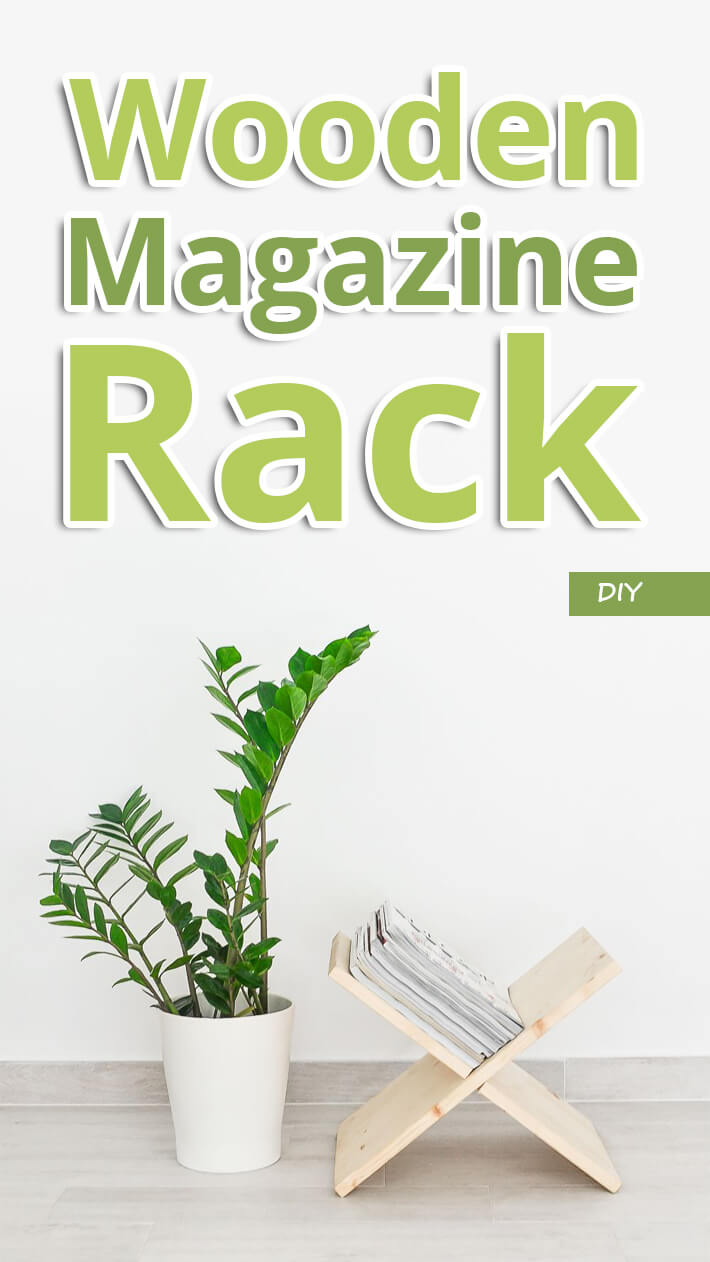
A Comprehensive Guide to Crafting Wooden Magazine Racks for Sale
In the era of digital content, physical magazines may seem like relics of the past. However, for many, the tactile experience and visual appeal of printed publications remain cherished. This enduring love for magazines creates a constant demand for practical and stylish storage solutions â€" enter the wooden magazine rack. This guide will walk you through the process of crafting high-quality magazine racks from scratch, empowering you to tap into a lucrative market and create beautiful, functional pieces for your customers.
Planning Your Magazine Rack Design
Before you dive into the workshop, it's crucial to plan your design meticulously. This involves considering several key aspects:
1. Target Audience and Market Research
Understanding your target audience is paramount. Are you catering to minimalist homes, rustic farmhouse aesthetics, or something in between? Conducting market research can help you identify popular styles, materials, and price points in your area. Consider factors like:
- Current trends in home decor
- Popular finishes and materials
- Price points of competing products
2. Size and Dimensions
The dimensions of your magazine rack will depend on the types of magazines it's intended to hold. Consider:
- Standard magazine size
- Number of magazines to be stored
- Desired overall width and height
Sketch out your design, experimenting with different configurations and proportions to achieve a balance between functionality and visual appeal.
3. Material Selection
Wood is the natural choice for magazine racks, offering durability, versatility, and a timeless aesthetic. Here's a breakdown of popular choices:
- Pine: Affordable, lightweight, and readily available. Ideal for simple designs and budget-conscious buyers.
- Oak: Sturdy, with a rich grain pattern. Offers excellent durability and a classic appeal.
- Walnut: Rich, dark color with distinctive grain patterns. Provides a luxurious feel and high resale value.
- Maple: Known for its beautiful, even grain and light color. Offers a clean, contemporary look.
Choose a wood species that aligns with your target market and your desired price point.
4. Design Elements and Functionality
Consider incorporating design elements that enhance both functionality and aesthetics:
- Compartments: Create separate compartments for different magazine sizes or types.
- Sloped Shelves: Allow magazines to stand upright and be easily visible.
- Storage Space: Add drawers or shelves for additional storage.
- Open Back: Allows magazines to be easily accessed from both sides.
- Casters: Facilitate easy movement and rearranging.
Essential Tools and Materials
Once you've finalized your design, gather the necessary tools and materials:
1. Tools
- Table saw: For accurate cuts and shaping wood
- Miter saw: For precise angle cuts
- Router: For creating decorative edges and grooves
- Sandpaper: For smoothing surfaces
- Clamps: For holding pieces securely during assembly
- Drill: For drilling pilot holes and assembling pieces
- Screwdriver: For attaching hardware
- Measuring tape: For accurate measurements
- Pencil: For marking wood
- Safety glasses: For eye protection
- Dust mask: For protection from sawdust
2. Materials
- Wood: Choose the appropriate wood species and quantity based on your design.
- Wood glue: For bonding wood pieces together
- Wood screws: For attaching pieces together
- Finishing supplies: Stain, paint, polyurethane, or varnish
- Hardware: Casters, drawer slides, handles (if applicable)
Construction Process: Building the Magazine Rack
Now, it's time to bring your design to life:
1. Cutting the Wood
Using your table saw and miter saw, cut the wood pieces according to your design. Ensure all cuts are precise and consistent. Mark each piece clearly to avoid confusion.
2. Assembling the Frame
Assemble the main frame of the magazine rack. If necessary, use wood glue to strengthen joints. Secure the pieces with screws, ensuring that they are countersunk to prevent protrusions. Use clamps to hold the pieces together while the glue dries.
3. Adding Shelves and Compartments
Cut and attach the shelves, compartments, and any other features you have designed. Use screws and wood glue for secure connections. Consider using pocket hole joinery for concealed fastening.
4. Finishing Touches
Sand the entire magazine rack thoroughly using progressively finer grits of sandpaper. This removes rough edges and creates a smooth, polished surface. Apply a sealant to protect the wood and enhance its appearance. You can choose from various options such as:
- Stain: Enhances the natural grain of the wood.
- Paint: Provides a solid color and can be customized to match any decor.
- Polyurethane: Provides a durable protective finish.
5. Adding Hardware
Install any hardware, such as casters, drawer slides, or handles, according to the manufacturer's instructions.
Marketing and Sales Strategies
With your finished magazine racks, it's time to get them in front of potential customers. Consider these marketing and sales strategies:
1. Online Marketplaces
Utilize platforms like Etsy, Amazon Handmade, and Shopify to reach a wider audience. Create professional product photos, detailed descriptions, and competitive pricing.
2. Local Craft Fairs and Markets
Participate in local craft fairs and markets to connect with potential customers in person. Showcase your unique designs and interact with shoppers to build relationships.
3. Social Media Marketing
Leverage social media platforms like Instagram and Facebook to showcase your work and engage with your audience. Share behind-the-scenes content, highlight customer testimonials, and run promotions to drive sales.
4. Networking
Connect with local businesses and designers who may be interested in carrying your magazine racks. Explore opportunities to partner with home decor stores, interior designers, and gift shops.
Conclusion
Creating wooden magazine racks for sale offers a rewarding opportunity to combine your creativity with woodworking skills to build a successful business. By carefully planning your designs, mastering the construction process, and implementing effective marketing strategies, you can capture a growing market and bring beautiful and functional magazine racks into homes across your community and beyond.



0 comments:
Post a Comment